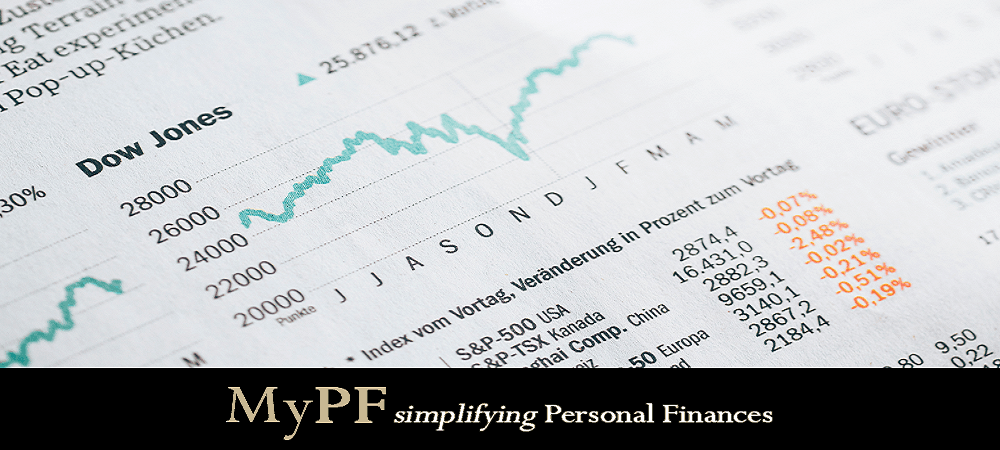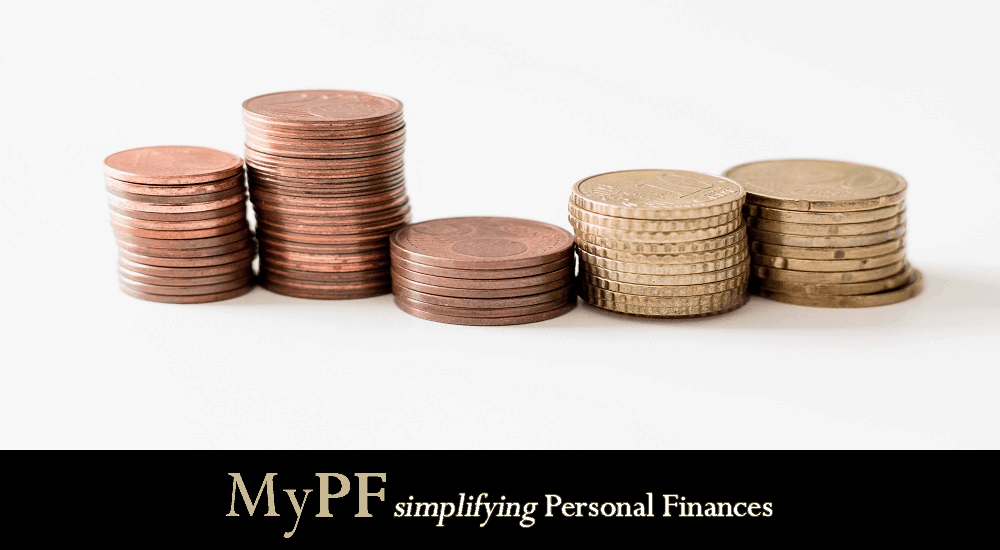Rather than paying the full share price, investors can purchase stock in fractional shares by designating a dollar amount. This could be especially beneficial for individuals who have a limited budget yet wish to develop a well-diversified portfolio.
When it comes to personal finance in Malaysia, many people consider investment opportunities in stocks as a strong way to get strong returns in the future and strengthen their portfolios.
However, some of today’s most popular stocks are also among the costliest. Creating a well-diversified portfolio with only a few shares for long-term investment of each stock could cost tens of thousands of dollars upfront.
Consider the following scenario: you have RM6,000 to invest. You can dedicate a certain quantity of your money to each firm you choose to invest in with fractional shares. If that is 10%, you could invest RM600 in ten different firms, regardless of their share price.
This allows you to construct a portfolio that is far more varied than if you had invested a large sum in a single company. If you make a specific amount of money into an investment account each month (a practice known as dollar-cost averaging), it’s doubtful that you’re buying the same quantity of stock with each contribution.
If you’ve got your eye on a pricy stock but don’t want to put all of your money into one, fractional shares, which are available through a few online brokerages, could be a cost-effective option to get started.
Contents
What Are Fractional Shares?
A fractional share is a share of stock that is less than one complete share. Stock splits, dividend reinvestment programs (DRIPs), and other company actions may have resulted in such shares. Fractional shares are typically not available on the stock exchange, and while they have value for investors, they are also difficult to sell.
Dividend reinvestment schemes, stock splits, mergers, and acquisitions are all examples of how fractional shares are created.
#1. Dividend Reinvestment Plans
DRIPs (dividend reinvestment plans) frequently result in fractional shares. A dividend reinvestment plan allows investors to use quarterly payouts to buy additional of the same stock from a dividend-paying corporation or brokerage firm.
This amount is not restricted to full shares because it “drips” back into the acquisition of more shares. Fractional shares can be purchased by reinvesting capital gain distributions and using dollar-cost averaging procedures.
#2. Stock Splits
Stock splits may not always result in the same number of shares being issued. A three-for-two stock split would provide an investor three shares for every two shares he or she owns, resulting in a fractional share for an investor with an odd number of shares. Three shares would be changed to 412, five to 712, and so on.
#3. Mergers And Acquisitions
Stock may be swapped for new shares when companies merge or are purchased. They usually mix equities from multiple firms using a ratio, such as five shares of Company A becoming three shares of Company B. Fractional shares could be created as a result of this operation.
What About Stock & ETF Options?
#1. ETFs and ETF Options
A mutual fund that trades like a stock is known as an exchange-traded fund (ETF). As a result, an investor can buy or sell an ETF that represents or follows a certain market segment at any moment during the trading day.
Another breakthrough has been the widespread use of exchange-traded funds (ETFs), which has considerably increased investors’ capacity to take advantage of many unique possibilities. Investors can now take long and/or short positions in the following types of securities, as well as leveraged long and short positions in many cases:
- Foreign and Domestic Stock Indexes (large-cap, small-cap, growth, value, sector, etc.)
- Currencies (yen, euro, pound, etc.)
- Commodities (physical commodities, financial assets, commodity indexes, etc.)
- Bonds (treasury, corporate, munis international
#2. Index Options
For the first time, many traders were able to trade a broad sector of the financial market with a single transaction thanks to the listing of options on several market indexes. Over 50 domestic, foreign, sector, and volatility-based indexes are offered on the Chicago Board Options Exchange (CBOE).
The first thing to keep in mind concerning index options is that no trading takes place in the underlying index. It’s a calculated number that only lives on paper. The options only allow you to bet on the underlying index’s price direction or to hedge all or part of a portfolio that is likely to correspond closely to that index.
You Can Choose Your Investment Amount
If you want to invest in the stock market, you may be put off by the idea that you’ll need thousands of dollars to get started. That, however, is not the case. You can even participate without purchasing a whole share of shares at once.
You can acquire as little as RM5 or RM10 of shares in a single commission-free trade with fractional share investing. One of these best fractional share investing brokerages could be suitable for you if you’re just getting started, teaching your kids how to invest, looking to diversify your portfolio, or prefer picking your investment size in dollars rather than shares.
Investing in fractional shares has several advantages. On large stock markets, such as the New York Stock Exchange, you are required to purchase at least one share at a time. Many smaller investors would be shut out of the action in stocks like Alphabet, Amazon, and Berkshire Hathaway.
You can buy fractional shares in those stocks or others with whatever assets you have on hand with fractional share investing. You can easily buy fractional shares whether you wish to buy $5 of a wide group of stocks to construct a portfolio or are a newbie investor with $20 set aside for your first stocks.
Portfolio Diversification
Portfolios of all sizes can benefit from fractional shares because they provide high levels of diversification. Even if your portfolio is only RM500, we can diversify it by mixing fractional shares of 10 ETFs, providing you exposure to over 10,000 stocks. We can offer continuing monthly investments in 10 to 12 ETFs for monthly contributions of almost any amount, providing exposure to 10,000+ stocks every month. And it’s only because of fractional shares that this is possible. Otherwise, you’d only be able to invest in one or two ETFs, resulting in less total security diversification.
Consider Dollar-Cost Averaging
Fractional shares can be used in a variety of investment methods. For example, you can “core and explore.” A globally diversified mix of low-cost mutual funds can serve as the core, or foundation, of your portfolio. You can then ‘explore’ with fractional shares or supplement this base with a mix of well-chosen individual stocks.
Another approach is known as “dollar-cost averaging” which can be implemented using fractional shares. You invest a specific amount of money at a regular interval (say monthly) with dollar-cost averaging, regardless of how the stock market performs.
You acquire more shares when the market is low and fewer when the market is high since you’re investing in both up and down markets. This has the potential to reduce risk by smoothing out market volatility.
Consider giving a child or grandchild a custodial account present of a set monetary amount (RM5, RM25, RM100) to put towards fractional shares of a company (or a small number of stocks) in place of toys for their birthday, graduation, or holiday.
A custodial account is one option to give money to a youngster, and it can also be used to teach them about investing shares for a long-term investment. It’s set up in the child’s name, administered by an adult, and handed over to the youngster when he or she reaches majority. Invite the receiver to participate in the stock selection process for future gifts.
Conclusion
The flexibility of fractional shares make it a good choice when investing in stocks. Unfortunately, beware of commissions or fees charged by your brokerage, as investing into many different companies may incur a heavy fee at the end of the day. Always consult with your financial planner before taking the plunge.
Interested in more articles related to fractional shares? Let us know in the comments down below.










Leave A Comment